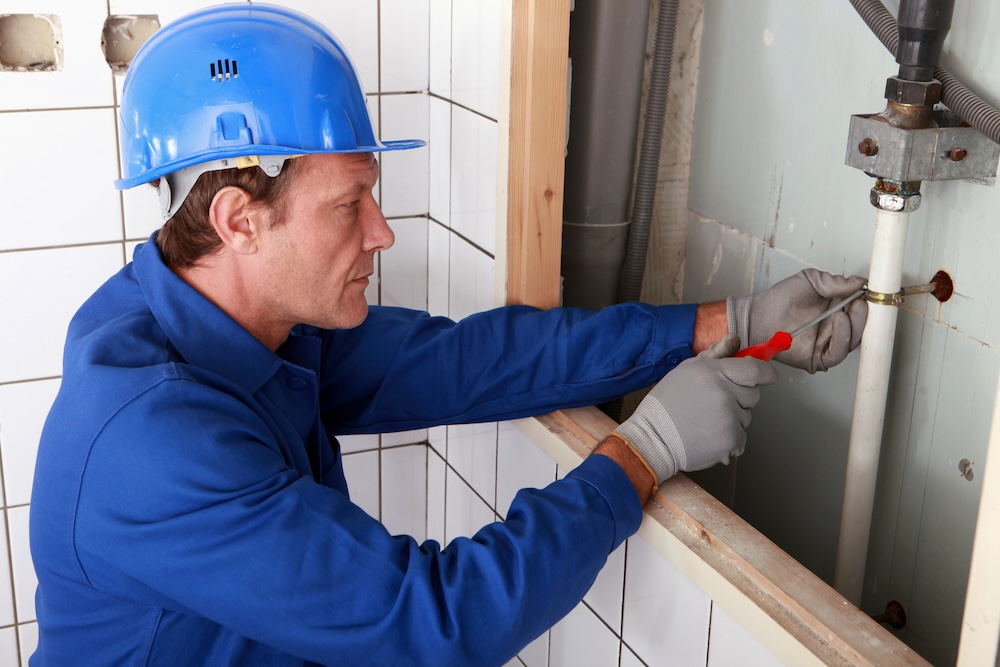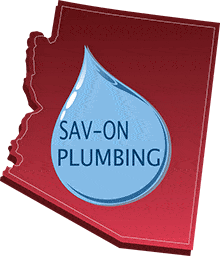
Push to connect fittings (or push-click fittings as they are sometimes called) seem to be the rage among many plumbers and homeowners. They are fast and convenient and have a place in today’s world. We use them only as a temporary measure, however. For example, we may use this type of fitting to cap off a line so it can be tested for leaks.
After we confirm that there are no leaks we remove the temporary cap and install a permanent one. On more than one occasion we have gone to a job where there was a leak behind the tile, or behind the wall, and after exposing the source of the leak, it turned out to be a push-click fitting leaking. Our company policy is “no push-click fittings allowed on a job!” Believe me, we aren’t the only plumbing company that follows that policy.
While push-click fittings are code-approved for behind the wall installations or even underground, this does not mean that we recommend them. We still favor the time-tested method of soldering pipes and fittings. This method has worked for decades and is the most reliable method of joining copper pipes. Push-to-connect fittings have a proven failure rate that is higher than soldered fittings. The last thing we would do is install a new shower valve behind a newly tiled wall using push-click fittings as several plumbers/handymen do.
While contractors are only required to warranty their work for two years by the Arizona Registrar of Contractors, we believe plumbing work should last far beyond that. We are not confident that is the case with these push-click fittings.
A bathroom remodeling contractor for whom I used to do a lot of work called and asked me to help him install a bathtub on a job he was working on. When I got there I saw he had installed a new shower valve using all push-click fittings (easier for him, he didn’t have to call me to have it done professionally). When I questioned him about it, he replied “Hey, I only have to warranty it for two years.” I was shocked by his attitude. We take a lot more pride in our work than that and to install a valve behind a tile wall, it needs to be done to the best of our ability. That means no push-click fittings.
The professional plumbers that we know and work with do not use these fittings. They are extremely popular with handyman “plumbers,” however. We were recently got called to a job where the handyman replaced an outside hose bib but made the connection behind the wall with two push-click fittings.
We had to tear out the wall to get at the leaking pipe, remove it and do the job correctly. This was after the pipe had leaked inside the wall, onto the bedroom floor and ruined the carpeting before the leak became apparent. So, the customer paid twice to have a job done that should have been done correctly on the first try.
When it comes to plumbing and some other jobs like electrical, saving money by using a handyman ends up costing more overall, in many ways.
